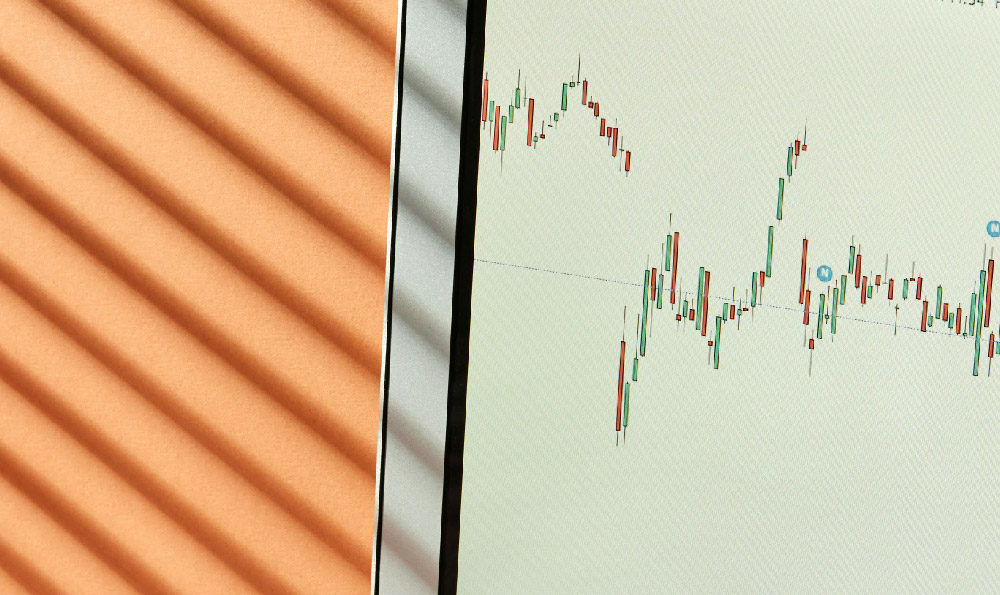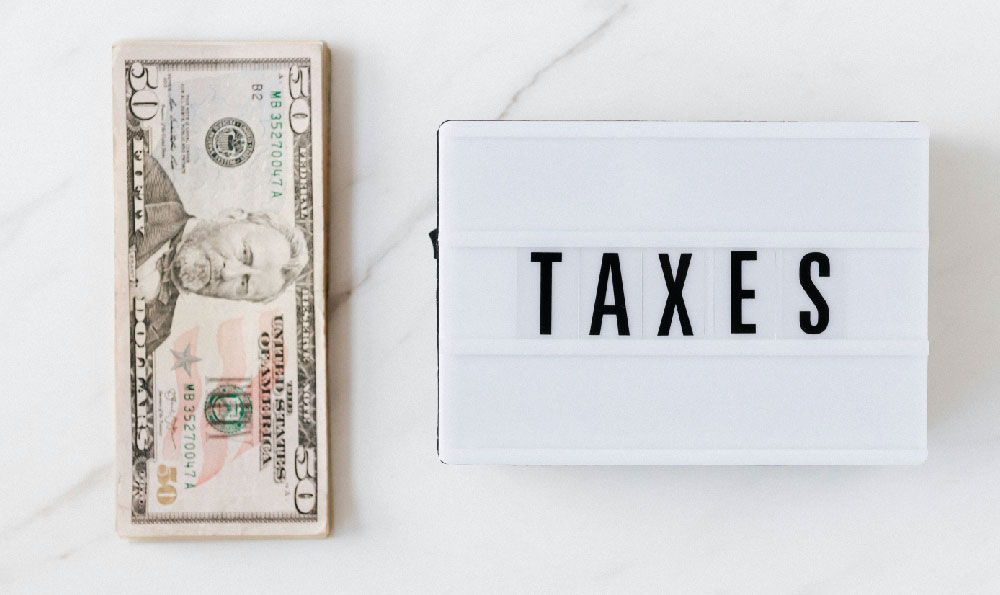How Many Subscribers Do You Need on YouTube to Monetize and Make Money?

Monetizing a YouTube channel and turning it into a revenue stream is a goal for many content creators. However, the path to monetization involves meeting specific eligibility requirements and understanding the various ways you can generate income. While the initial subscriber count is a crucial component, it's essential to recognize that it's just one piece of a larger puzzle. Let's delve into the nuances of YouTube monetization and explore strategies to maximize your earning potential.
The first hurdle to clear is meeting the baseline requirements for joining the YouTube Partner Program (YPP). As of the latest update to YouTube's policies, you need at least 1,000 subscribers on your channel. This threshold serves as a filter, ensuring that channels seeking monetization have a certain level of engagement and community backing. Reaching this milestone signifies that your content is resonating with a segment of viewers and that you have built a foundational audience.
Beyond the subscriber count, the second key requirement is accumulating 4,000 valid public watch hours within the preceding 12 months. This requirement reflects the platform's emphasis on content quality and viewer engagement. It's not enough to simply amass subscribers; you need to create content that keeps viewers watching, thereby driving up your watch time. This requirement aims to prevent channels from exploiting the system with low-quality or misleading content.

However, meeting these two metrics doesn't automatically guarantee YPP acceptance. YouTube also scrutinizes your channel's adherence to its monetization policies, ad policies, and community guidelines. Your content must be original, avoid infringing on copyrights, and steer clear of sensitive topics that could be deemed inappropriate or harmful. YouTube's team conducts thorough reviews to ensure that channels admitted into the YPP align with its values and uphold its standards for a safe and positive user experience.
Once accepted into the YPP, the primary method of monetization is through advertisements. YouTube places ads on your videos, and you earn a portion of the revenue generated from those ads. The amount you earn per ad view, known as CPM (Cost Per Mille, or cost per thousand views), varies based on factors such as your audience demographics, the type of content you create, and the advertiser's bidding strategy. Niches with high commercial value, such as finance, technology, or health, tend to command higher CPMs.
However, relying solely on ad revenue can be a precarious strategy. CPMs fluctuate, and ad blockers can impact your earnings. Diversifying your income streams is therefore essential for long-term financial stability.
One popular avenue for diversification is channel memberships. YouTube allows you to offer exclusive perks and benefits to paying subscribers, such as custom badges, exclusive content, and early access to videos. This creates a direct revenue stream and fosters a stronger connection with your most loyal fans.
Another effective monetization method is through merchandise shelves. If you have a strong brand identity, you can sell branded merchandise, such as t-shirts, mugs, or stickers, directly on your YouTube channel. This not only generates revenue but also strengthens your brand and promotes your channel.
Super Chat and Super Stickers offer another opportunity to engage with your audience and generate income. During live streams and premieres, viewers can purchase Super Chat messages to highlight their comments in the chat, or Super Stickers to visually support the content. This creates a sense of community and provides viewers with a way to show their appreciation.
Affiliate marketing is also a viable option for many content creators. By recommending products or services and including affiliate links in your video descriptions, you can earn a commission on sales generated through those links. However, it's crucial to be transparent with your audience about your affiliate relationships and only promote products or services that you genuinely believe in.
Beyond these direct monetization methods, YouTube can also serve as a powerful platform for building your brand and driving traffic to other revenue-generating activities. You can use your channel to promote your website, online courses, or other products and services. This holistic approach can significantly boost your overall income.
Therefore, achieving substantial income on YouTube isn't solely about hitting the 1,000 subscriber mark. It's about crafting compelling content that resonates with your target audience, building a strong community, diversifying your income streams, and consistently adhering to YouTube's policies. Focusing on quality over quantity, engaging with your viewers, and exploring multiple monetization options are key to building a sustainable and profitable YouTube channel. While the initial subscriber count unlocks the door to monetization, the journey of creating a flourishing channel is a continuous process of learning, adapting, and innovating.















